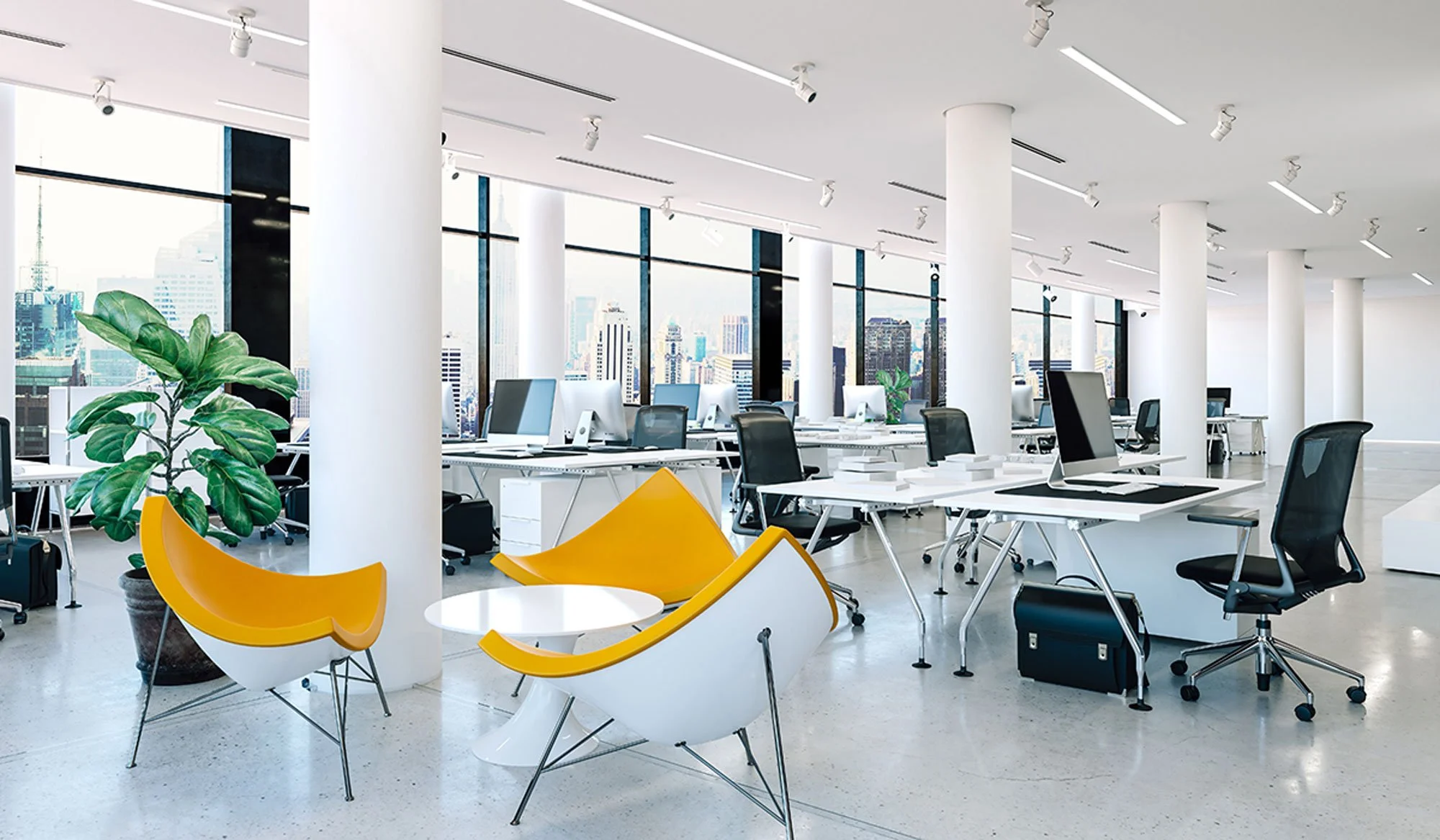Mindfulness in the Workplace
how does the on going need for worker-centric workplaces have an impact on office design?
The term mindfulness was first coined at the turn of the 20th Century by the by the great Buddhist scholar T. W. Rhys Davids and it’s thought to derive from the word sati. In a Buddist context sati is used to communicate a state of present state awareness, having an understanding of the needs of the moment.
Rhys Davids considered a number of other options before he settled on the term mindfulness and when pressed gave a long and slightly flowery definition – “the awareness that arises through paying attention on purpose, in the present moment, and nonjudgmentally to the unfolding of experience moment by moment." A bit of a mouthful to be honest and that may explain why we have all leapt on “mindfulness” as a much easier way of expressing sati.
The noughties have seen the expression of mindfulness seep quickly from everyday life and related behaviours into the work place as it becomes a by-word for how we treat others and more specifically employees.
Not long ago a company’s culture was defined by whether the office had a pool table, if the boss bought a round for everybody on a Friday and the type of office dog that greeted visitors in the open plan reception. Tick two out of three and you had created a strong, progressive office culture that would attract new employees and keep your existing ones happy.
Fast forward to 2020 and mindfulness has replaced the pool table and dog (and quite rightly so IMHO) as one of the key drivers of staff retention, attraction and productivity. Many businesses are putting mindfulness front and center of how they operate, realising it’s importance to all aspects of the business cycle, from staff to customers to products/services they offer.
It’s only a short step for this to start to impact on the design and refurbishment requirements of the modern workplace, with the focus being on staff wellbeing as much as product development and customer service. The old “cultures” have all but disappeared in the modern workplace, replaced by designs and facilities that promote sati, mindfulness to you and me.
This is also demonstrated in the move away from company’s use of the tangible reward for employees in favour of the more experiential features and benefits that are “must haves” for todays employees. Out with the table tennis and in with the relaxation pods, no more fully stocked bar, now replaced by a fully stocked tech free research library and reading area.
At Morre Interiors Limited we pride ourselves on having a deep understanding of the needs of the modern workforce and being able to combine this effectively with our many years of office refit and design experience to offer modern solutions to the toughest brief. When looking at the functionality of space in the modern office we seek to create areas that reflect the needs of todays employees who are stuck in an “always on” culture that places increasing demands on their time, their attention and their ability to function in the face of an overflow of information.
We’ve created tech free spaces where employees can work undisturbed and free from any interruptions – these spaces resemble the libraries of old and are designed as the antithesis of todays “always on” culture – a space that encourages relaxation and clear thinking.
More and more we are examining the functionality and versatility of the spaces we create – the demise of the traditional board room has presented a number of opportunities to promote mindfulness at work. Lunchtime classes (work and non-work related) are perfect uses of the board room space providing a multi-functional “get away from it” space that encourages down time and wellbeing.
Mindfulness in the office can be represented by the options that are available to employees during the working day and well thought out designs can facilitate this. The employee needs more than just their own desk to work at, they need the contrast of a quiet “do not disturb” space. As well as a desk in a silent open plan office they need a communal communication area where anything (except work) can be discussed.
Just as working from home has changed forever and will continue to do so once we are out of lockdown, those of us that return to the office environment will do so with a different mindset and different needs and expectations. The benefits we get at the moment from 10 minutes in the garden with a cup of tea mid-way through the working day will still exist once we are all back in the office but how will businesses facilitate that in the future?
Mindfulness will continue to have a big impact of office design for the foreseeable future, impacting on everything from the division of space in the office and it’s functionality to the contrasting moods created by the look and feel of the décor and accessories. Of course, this doesn’t just apply to the creation of new office spaces, it’s a vital part of refits of existing offices as they responds to the need to put mindfulness near the top of their objectives.
For more information on how we might be able to help you please get in touch.


